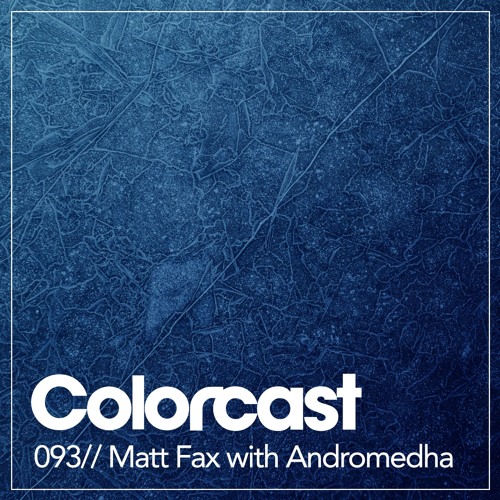

This is We Are Elliptical episode 056 episode!🔥 Join Lee Coulson and expect to hear new music from Owais, Kryder, Nuestro & Leonard A, Koyah, Paul Thomas & lots more + Tim Iron on guest mix duties.ġ. gardenstate - 1995 (Simon Doty's Housed Up Remix) Swedish House Mafia & The Weeknd - Moth To A Flame (Moojo Remix)Ģ2. Giuseppe De Luca - Look At Me Now (AMPRS&ND Remix)ġ8. This is We Are Elliptical episode 057 episode!🔥 Join Lee Coulson and expect to hear new music from Kroman, Coff, Leo Lauretti, Brych, Dylhen, Lateral Shift + PSHKR on guest mix duties.Ĥ.Liam Wilson Feat Martha Goddard – Wild Windġ0.Franky Wah /ARCO – Under The Sun (Vintage Culture Remix)ġ6. Peter Illias - Tao (Tim Iron & Michael Mashkov Remix) Tim Iron & Michael Mashkov vs Peter Illias - Chieftainġ3. Noequalgods vs Tim Iron & Michael Mashkov - Zionġ2. Tim Iron & Michael Mashkov - Cristianoġ0. PROFF - Deep Orange (Michael Mashkov Remix)ĩ. Delerium – Silence (Stone Van Brooken & Pete K Edit)ĥ. Supermode – Tell Me Why (MEDUZA Remix)ġ0.

Kryder & Jay Robinson – Touching My Skinĩ. Listen to all new Elliptical Sun releases in one place: ġ.
#SOUNDCLOUD COLORCAST 13 PLUS#
I imagine in addition to scientists, recreational divers or underwater photographers would also be very interested in using this method, because finally from their images, they can remove all the degrading components and see the vivid colors of a scene just the way they would have as if that scene was on land.This is We Are Elliptical episode 058 episode!🔥 Join Lee Coulson to hear new music from HGenius & Brontё, Kryder & Jay Robinson, Mescadi, Tim Iron, Kolsch, Martin Graff plus Michael Mashkov on guest mix duties. It's a physically accurate correction, rather than a visually pleasing modification. It's not enhancing or pumping up the colors in an image.

This method is not photoshopping an image. So if you're a biologist, for example, studying corals on the seafloor, and you made a survey of a reef, and you'd like to see what species or what composition of animals are found on the seafloor, for the most part, you have to do that manually, because the water takes away so much, or it adds so many artifacts, that you can't see the true color of the species you're looking for. TEXT: The technique could be of value to scientists trying to understand the impacts of climate change on coral and other marine systems.Ĭurrently, in the field of underwater imaging and marine science, we are at a standstill. What the degradation should be and removes it. Once I have the distance information all I do is I take the raw photos back to my computer, and I apply the method that uses a certain mathematical formula, goes through each pixel and calculates what the attenuation should be and removes it. Then I start swimming towards the reef, towards the color chart, and photograph it from slightly different angles until I get to the reef and then I swim over the reef, photograph the top of the reef, all sides. I'm diving with a regular consumer camera, and I carry a color chart with me.Įvery time I see a reef with large 3D structure, I place my color chart at the base of the reef, and then I swim away about 15 meters. That's where underwater images look so dull and distorted all the time. So, the further you are from the objects in the scene the more haze you get in the scene.īecause light as it travels through the water, gets absorbed and scattered, colors fade away. Objects in far distances are occluded by a layer of what we call backscatter, but think of it as a layer of haze. Underwater images typically have an overwhelming color cast, green or blue, depending on where you took them. I am now in the Lembeh Strait in Indonesia to test a new algorithm that I developed called Sea-thru, which takes an underwater image and removes the water from it, and it looks just like it would as if you took the photo I specialize in problems of imaging and vision underwater. I really see this as the start of the Artificial Intelligence boom in marine science.


 0 kommentar(er)
0 kommentar(er)
